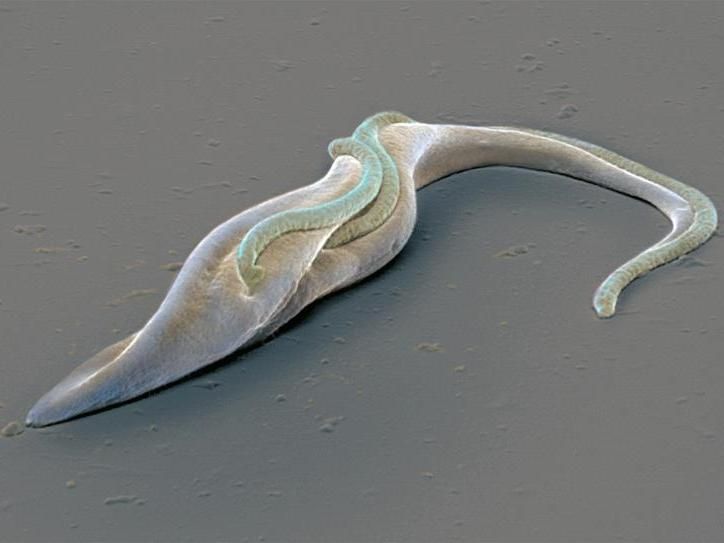Jet lag: It's all about chemical reactions in cells, Cornell researchers say in explaining biology of circadian clocks
Circadian clocks regulate the timing of biological functions in almost all higher organisms. Anyone who has flown through several time zones knows the jet lag that can result when this timing is disrupted. Now, new research by Cornell and Dartmouth researchers explains the biological mechanism behind how circadian clocks sense light through a process that transfers energy from light to chemical reactions in cells. The research is published in Science. Circadian clocks in cells respond to differences in light between night and day and thereby allow organisms to anticipate changes in the environment by pacing their metabolism to this daily cycle. The clocks play a role in many processes: timing when blooming plants open their petals in the morning and close them at night; or setting when fungi release spores to maximize their reproductive success. In humans, the clocks are responsible for why we get sleepy at night and wake in the morning, and they control many major regulatory functions. Disruptions of circadian rhythms can cause jet lag, mental illness and even some forms of cancer. "These clocks are highly conserved in all organisms, and in organisms separated by hundreds of millions of years of evolution," said Brian Crane, the paper's senior author and an associate professor in Cornell's Department of chemistry and chemical biology. The study revealed how a fungus (Neurospora crassa) uses circadian clock light sensors to control production of carotenoids, which protect against damage from the sun's ultraviolet radiation just after sunrise. The researchers studied a protein called vivid, which contains a chromophore. The chromophore captures a photon or particle of light, and the captured energy from the light triggers a series of interactions that ultimately lead to conformational changes on the surface of the vivid protein. These structural changes on the protein's surface kick off a cascade of events that affect the Expression of genes, such as those that turn carotenoid production on and off. By substituting a single atom (sulphur for oxygen) on the surface of the vivid protein, the researchers were able to shut down the chain of events and prevent the structural changes on the protein's surface, thereby disrupting the regulation of carotenoid production. "We can now show that this conformational change in the protein is directly related to its function in the organism," said Brian Zoltowski, the paper's lead author and a graduate student at Cornell in chemical biology. The circadian clock allows the fungus to regulate and produce carotenoids only when they are needed for protection against the sun's rays. A similar "switch" may be responsible for timing the sleep cycle in humans. "We were interested in trying to understand behavior at the molecular level," said Crane. "This a great example of chemical biology, in that we can perturb the chemistry of a single molecule in a particular way and actually change the behavior of a complex organism."
Topics
Organizations
Other news from the department science

Get the life science industry in your inbox
By submitting this form you agree that LUMITOS AG will send you the newsletter(s) selected above by email. Your data will not be passed on to third parties. Your data will be stored and processed in accordance with our data protection regulations. LUMITOS may contact you by email for the purpose of advertising or market and opinion surveys. You can revoke your consent at any time without giving reasons to LUMITOS AG, Ernst-Augustin-Str. 2, 12489 Berlin, Germany or by e-mail at revoke@lumitos.com with effect for the future. In addition, each email contains a link to unsubscribe from the corresponding newsletter.
Most read news
More news from our other portals
Last viewed contents
Fondazione IFOM - Mailand, Italy
Evolva scientists co-author paper on diterpene biosynthesis of economically relevant commercial targets

An unusual delivery service


















































